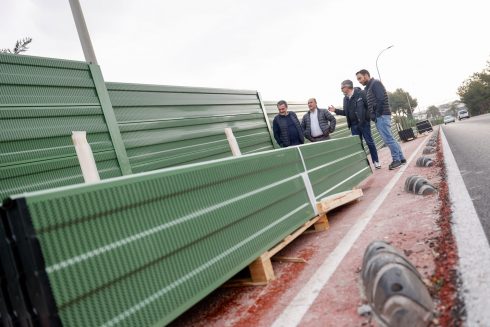During this time of year, it is very common to hang clothes inside the house, so sometimes it is difficult to tell if the garment is wet or just cold.
In reality, humans cannot feel humidity, just a change in temperature.
However, according to ThermosenseLab, a research unit on tactile sensitivity at the University of Southampton (UK), humans have several bodily mechanisms trained to generate the sensation of humidity.
Another scientific study, published in the journal The Journal of Physiology, reflected that women have greater sensitivity to the sensation of humidity, also related to their greater sensitivity to cold.
So, how can you detect if a home has humidity?
Humidity does not always have to be related to stains, cracks, or paint peeling on our walls. Before that happens, the walls may already have enough accumulated and trapped humidity to transmit cold to the interior of the homes and reduce the comfort created by heating appliances.
According to Kenneth Olsen, CEO of proPERLA® in Spain, a brand of paint and water-repellent products, “it is important to consider such important data as only 5% humidity can decrease the thermal resistance of the facade by 50%, or that isolating construction materials from humidity can reduce water absorption by 95%.”
Therefore, if it is difficult to detect humidity in clothing, it is even more complicated in a home.
How to prevent homes from having humidity problems
There are several ways.
The first is to apply a water-repellent treatment on the exterior of the home, either in the form of paint or a transparent product. These products help reduce water absorption from the walls, repel raindrops, and protect the home from sunlight, snow, and other weather phenomena.
With the application of these products, the house would be well protected against exterior humidity and condensation humidity. However, there is another type of humidity that people usually do not know about and can also have destructive effects on our homes: humidity by capillarity.
Humidity by capillarity comes from the subsoil and rises up the walls of the home, damaging the infrastructure and causing cracks and paint peeling.
By applying a injection treatment against rising, you can apply a barrier that prevents ascending humidity from damaging your property.
Now, a property that has both products could be 100% protected against the effects of humidity.
proPERLA®, a paint and water-repellent products company on the Costa del Sol
proPERLA® has the latest technology in paints and water-repellent products designed to protect and restore all kinds of construction surfaces, such as terraces, roofs, facades, etc., thanks to their water-repellent and breathable effects.
Likewise, they have a professional network of applicators of their brand’s products throughout Spain and UK to guarantee a correct application of these.
Click here to read more Property News from The Olive Press.








